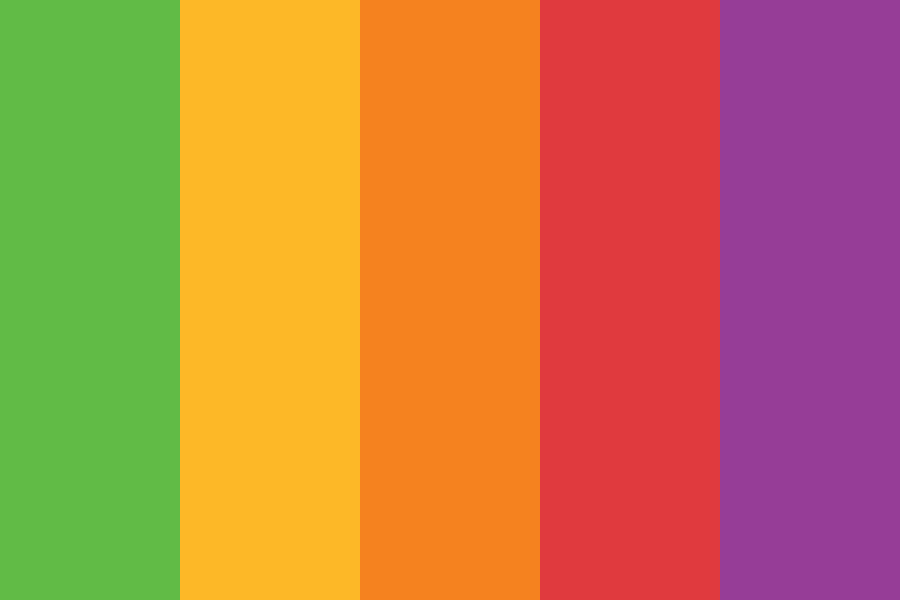

Any view with the behavior of group content can benefit from system color. But the concept of a group doesn't limit to a table view. It is a plain style table view and grouped style table view. The above examples should be familiar to you. On the left a view which background and foreground content are on the same plain, on the right a view which foreground content is grouped and separate from background. In light color style, both foreground contents are white, but in dark mode, white don't always translate to black. Notice the change in foreground content (table view cell) color in dark mode. Here are examples of grouped and non-grouped content. Tertiary for grouping content or elements within secondary elements.Secondary for grouping content or elements within the overall view.With both sets of background colors, you generally use the variants to indicate hierarchy in the following ways: In general, if your foreground content is grouped and separate from background, e.g., grouped table view, use a grouped set of background colors otherwise, use the system set of background colors. IOS defines two sets of background colors-system and grouped-each of which contains primary, secondary, and tertiary variants that help you convey a hierarchy of information. There are only two categories of color you need to consider – background and foreground. It may seem complicated with all the new system colors Apple introduced. The best time to adopt the dark mode was September 19, 2019. This guide is for developers who are very excited to adopt the dark mode in their app, but many months pass by, and their app still bright and shiny. Judicious use of color can enhance communication, evoke your brand, provide visual continuity, communicate status and feedback, and help people understand information.Sponsor and reach thousands of iOS developers. The system defines colors that look good on various backgrounds and appearance modes, and can automatically adapt to vibrancy and accessibility settings. People are familiar with the system colors, and using them is a convenient way to make your experience feel at home on the device. You may also want to use custom colors to enhance the visual experience of your app or game and express its unique personality. The following guidelines can help you use color in ways that people appreciate, regardless of whether you use system-defined or custom colors. In a nongame app, overuse of color can make communication less clear and can be distracting. Prefer using touches of color to call attention to important information or show the relationship between parts of the interface.Īvoid using the same color to mean different things. Use color consistently throughout your interface, especially when you use it to help communicate information like status or interactivity. For example, an app might use blue to indicate that people can tap text to view more. Even when the app communicates interactivity using a visual indicator that doesn't rely on color - such as a chevron or arrow icon - using a color other than blue for the interactive text is confusing. Make sure your app’s colors work well in both light and dark appearance modes.

With the exception of watchOS, which always uses a pure black background, the platforms offer a dark alternative to the default light appearance.

Dark Mode uses a darker color palette for all screens, views, menus, and controls, and can increase vibrancy - a subtle effect that dynamically blends foreground and background colors - to make foreground content stand out against darker backgrounds. System colors automatically support both appearances if you use a custom color, you need to supply both light and dark variants. Test your app’s color scheme under a variety of lighting conditions.

Colors can look different when you run your app outside on a sunny day or in dim light.


 0 kommentar(er)
0 kommentar(er)
